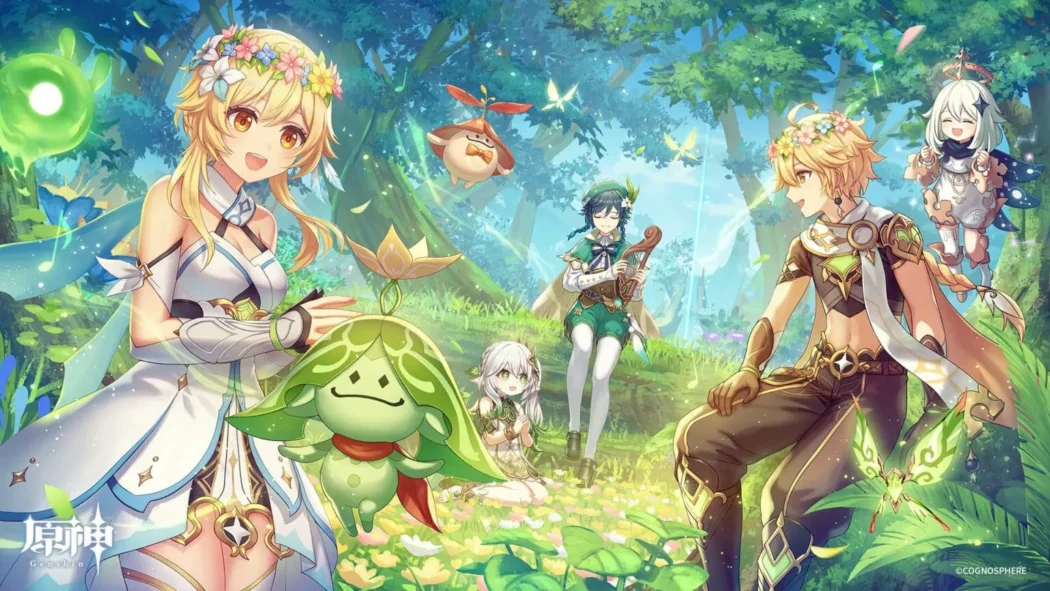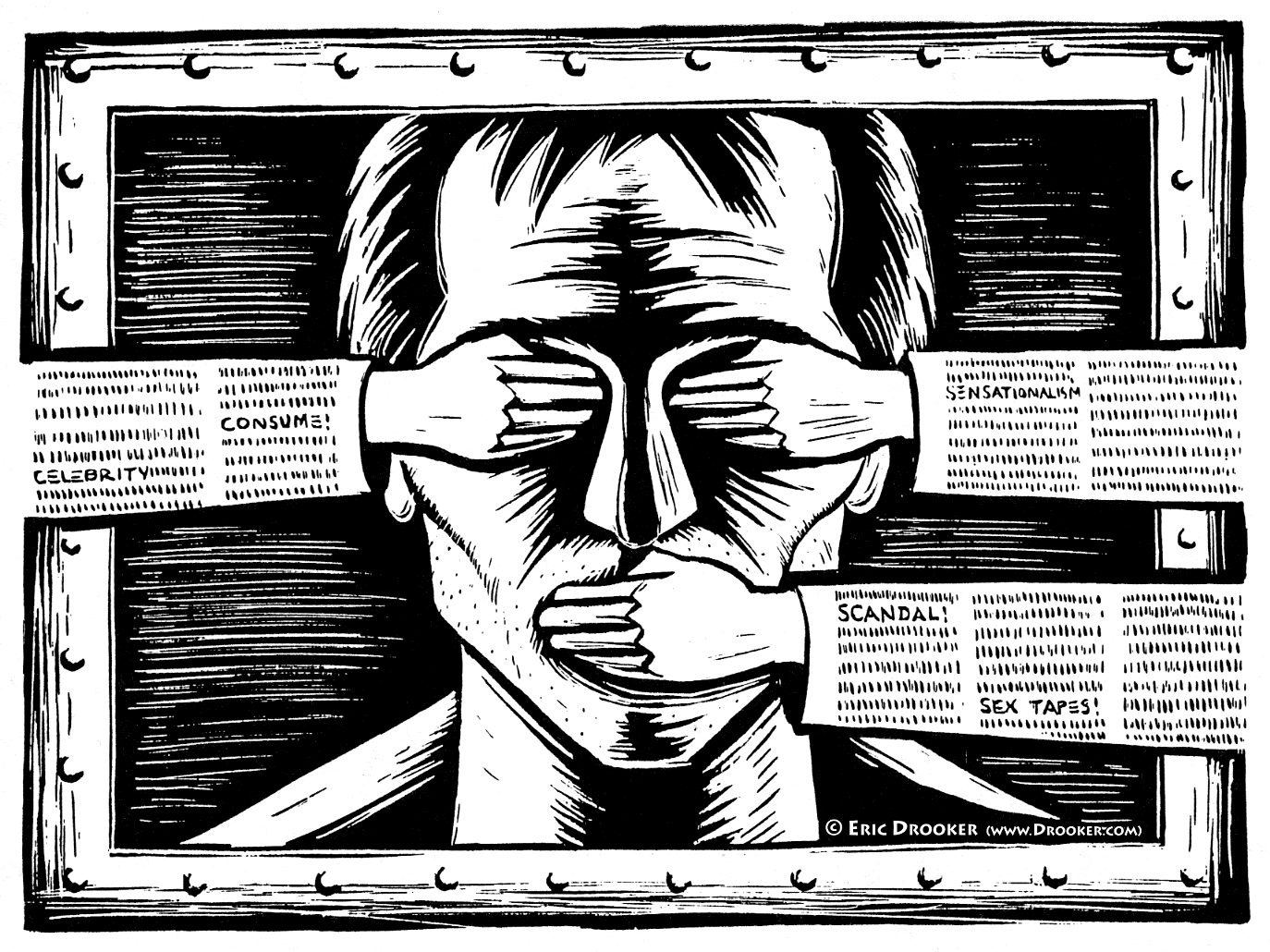I was never allowed to play video games in high school, so I could only spectate when the rest of my friend group suddenly became very invested in a gacha game called Genshin Impact during the COVID-19 pandemic. Every day, they’d log in to their accounts and complete daily tasks assigned to earn in-game currency. That currency would then be spent on a random “pull” – a chance to win a rare item or playable character to add to their collection. It wasn’t long before our group chat almost exclusively consisted of messages like “OMG I PULLED THIS RARE ITEM!!” *picture*, or more frequently, “I hate this game why do I keep pulling the same thing over and over.” Yet the frustration kept them hooked, and some of them slowly shifted to exchanging their (parents’) real money for in-game currency to get more pulls.
In October 2020, YouTuber creator Mtashed made waves when he announced that he would stop making in-app purchases on Genshin Impact because he didn’t want to promote the gambling behaviour that gacha games like Genshin encourage. In his video, he revealed that he had spent about $7,300 USD on the game. Earlier that year, he had gone viral for forking out around $2000 USD trying to win a single character. Simultaneously, I was watching those same gambling behaviours manifest in real time for my friends. One friend spent around $375 on in-game currency for random pulls.
The name gacha comes from Japanese gachapon machines, where cash is used to buy tokens for the machine to release a random prize. Most people don’t want to play a game where they’ll be forced to spend more and more money to keep playing, so to attract players, gacha games operate on a “freemium” model. Each day, users are given in-game currency for free, usually through completing a daily challenge. However, the amount often isn’t enough for more than a few random draws. When players inevitably run out of in-game currency, they can buy more with their real money to keep trying the digital slot machine. Technically, the game can be played for free. But, the more you “pull”, the more chances you have to hit it big. Why wouldn’t you spend the $0.99 per try to keep playing? Just buy one more. You didn’t get it? That’s ok, you’ll be done after you buy one more try. Just one more. Just one more.
If this sounds suspiciously like gambling, that’s because it might as well be. Gambling games at casinos are designed to create the illusion of control – the gambler believes they can beat the house. Most gamblers (around 97%) fall into the recreational gambling category and do not have compulsions surrounding the activity. However, some people are considered “pathological gamblers” who cannot control their activity and play themselves into bankruptcy. Gacha games make most of their money off “whales” – players who spend thousands of dollars on in-app purchases. The gacha model relies on in-app purchases to turn a profit. As such, developers are motivated to make the game as addictive as possible to keep users playing and paying. The flashing lights and music that appear every time players “pull” for an object are reminiscent of the same design features casinos use to hook gamblers in and ensure they stay.
Is it only gacha games, though? My best friend collects smiskis, little green figurines which cost about $15 each and come in a mystery box. My younger brother used to buy packs of baseball cards with his allowance, hoping to get his favourite player each time. Someone from high school introduced me to PredictIt and Kalshi, two self-described “prediction markets” where users buy shares based on future political outcomes. When I pointed out that he was effectively gambling on the outcomes of elections, he got defensive, saying, “It’s not gambling; it’s basically the same as the stock market.” For my part, I buy K-pop albums, which come with various random inclusions to entice fans to buy multiple albums to collect them all, thus inflating sales numbers. Companies know that randomness sells – the blind box industry was valued at $13.5 million USD in 2023. That value is only expected to increase with time.
It’s not gambling; I’m just trying to expand my collection. The line blurs more and more every day. How ethical can it really be to market a gambling game with cartoon graphics to a younger audience? It’s unclear what the impacts of playing (and pulling) will be for Genshin’s user base, many of whom are under 25. Are gacha games raising the next generation of gamblers? They certainly seem to be raising the next generation of consumers. Thanks to gachapon, every purchase is an opportunity to win big. Buy another one! Maybe you’ll get lucky this time.







